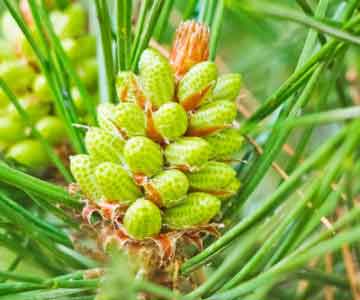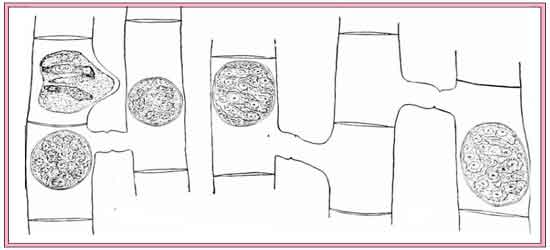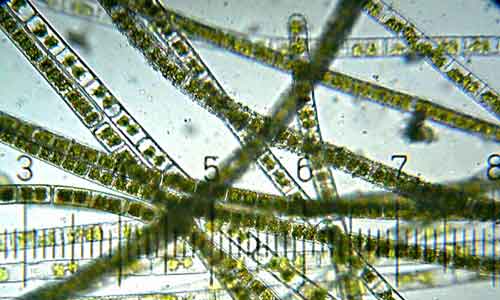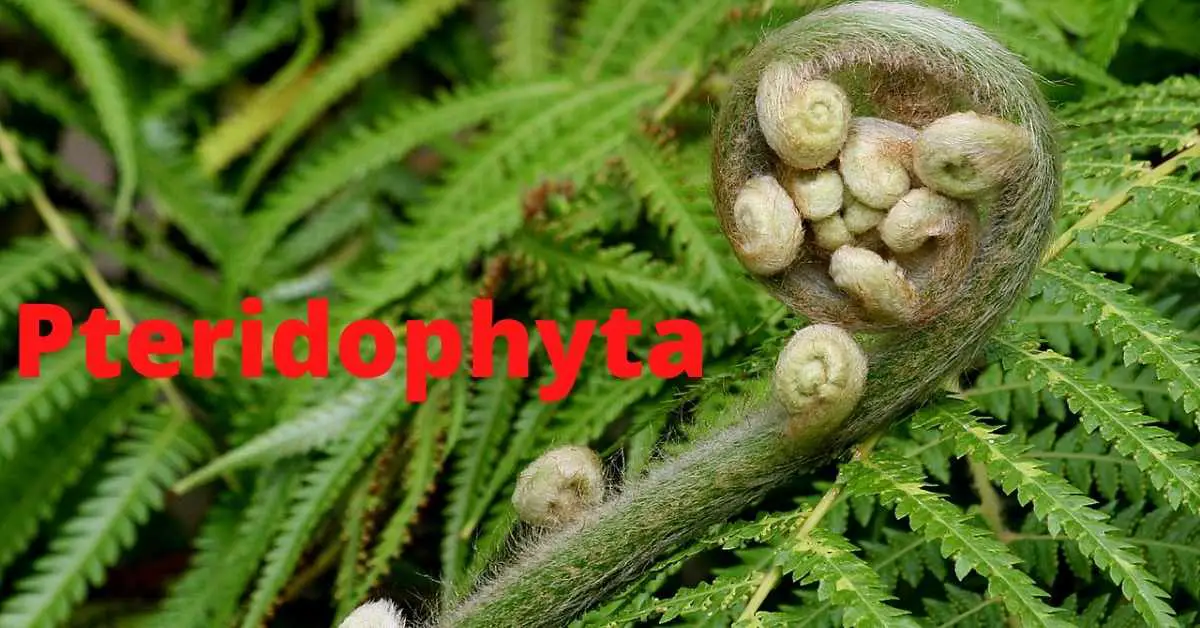Pinus: Salient Features, Morphology and Reproduction
Pinus are coniferous, evergreen resinous trees which are popularly known as pine. They belong to the family Pinaceae under order Coniferales of class Coiniferosida. Different species of the genus Pinus are distributed throughout the temperate and sub-alpine regions of Northern Hemisphere where they form dense forests of evergreen trees. They can grow up to 80 … Read more






